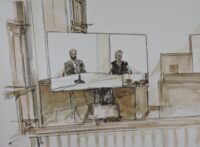
Gateways to Justice II : Guidelines for Use of Video in Justice Hearings
This report examines some of the issues courts and tribunals encountered during the coronavirus crisis as they made increasing use of video technologies, and reports on the lessons they learned in response to the challenges faced. It raises a number of issues that courts will address in the medium and long-term as digital technologies are incorporated into many aspects of court business.

Virtual Court Study – Report of a Pilot Test 2018
This study investigated impacts of a virtual court on justice. Under experimental conditions, research participants took part in a mock hearing, either in an immersive pod or in a face-to-face physical setting. Here are the results.

Towards a Distributed Courtroom
Digital technology is transforming all social life, including justice processes. This project has focused on the move towards virtual justice, where participants might be physically dispersed but present in one physical courtroom by audio and video technology. A team of academics across law, psychology and sociology, in partnership with justice, architecture and technology professionals have collaborated to develop a Distributed Courtroom model that tries to make the video-enabled hearing as similar as possible to a face-to-face hearing.
This report can be used to assist those developing general guidelines for practice in a distributed courtroom as well as those dealing with specific applications of these technologies.
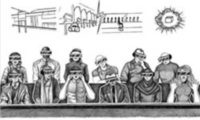
Trust in juries and courts in the Age of Terror
By Wes Ward, Charles Sturt University Thursday 8 June 2017
A book co-edited and part-written by a Charles Sturt University (CSU) legal expert has addressed the complex challenges faced by courts in Western democracies trying terrorism cases. Prof Jane Goodman-Delahunty believes that democratic practices such as the right to trial by jury are challenged in these cases by ethical, social and technological barriers.

Juries, Science and Popular Culture in the Age of Terror
Edited by David Tait and Jane Goodman-Delahunty
Courts around the world are struggling with how to deal with the Age of Terror whilst protecting human rights, the rule of law and the legitimacy of the courts.
Can juries can be fair in terrorism trials – wherein emotions are high, fear is in the air and the risk of intimidation is present? Can jurors be swayed towards a conviction by high-tech evidence? What’s the effect of scientific expert witnesses both for the defence and prosecution?
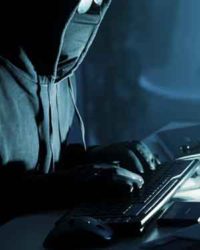
Animating the Bomber: The Sydney Bomber Trial
Visual images don’t just convey information, they may be powerful tools for persuasion. This chapter examines the additional punch that animating the evidence may have, tracing the history from an animated goat on an ancient Iranian bowl to contemporary three-dimensional computer games.
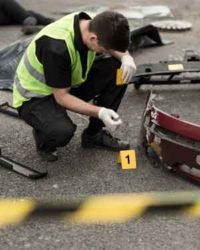
Terrorism Trials: Forensic Science and the Trial Process
Forensic science plays an increasingly important role in contemporary trials. This chapter examines what forensic investigators and scientists do, providing case studies of the Bali Bombings and Benbrika investigations.
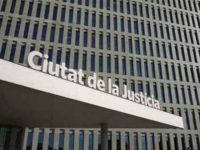
2011 Court Tour Report – Spain, Luxembourg and Germany
This Report provides images and reflections from the 2011 executive research tour.
Highlights of the tour included David Chipperfield’s Barcelona City of Justice & Berlin Neues Museum; Oswald Mathias Ungers’s Berlin Family Court; and the European Court of Justice, Luxembourg.
Report themes include: security; art and symbolism; and equality and transparency.

The Sydney Bomber Study: Introducing the Mock Jurors
Mock jurors were fairly similar to regular jurors. By developing an in-depth profile of the mock jurors based on the beliefs and attitudes that they held when they arrived for jury duty, we could examine how the jurors’ responses to the bombing allegations in the simulated trial varied according to their background characteristics.
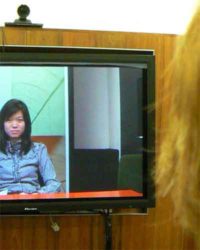
Gateways to Justice: Design and Operational Guidelines for Remote Participation in Court Proceedings
These Guidelines are the result of an ARC-funded study on witness participation in court by video link, particularly the difference made to the witness and observers by enhanced technology, a more comfortable witness room and more welcoming rituals.
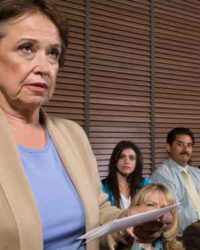
The Effect of Deliberation on Jury Verdicts
Deliberation did reduce conviction rates. Interestingly the difference was greatest in those who were most afraid of terrorism.
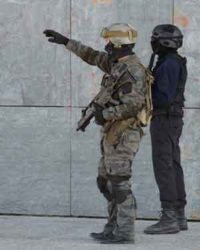
Research Aims and Methods
The Sydney Bomber study had two parts, and used a variety of observational, experimental and survey methods to examine how jurors responded to different conditions, how they deliberated and how their responses were shaped by the spectre of terrorism.

Gruesome Evidence: The Use of Beheading Videos and Other Disturbing Pictures in Terrorism Trials
Most people find gruesome images compelling. This chapter argues that showing jurors images such as beheading or other atrocities add little relevant information, but creates disgust and anger, undermining the accused’s right to a fair trial.
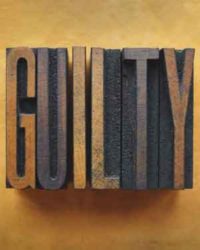
Images of Interactive Virtual Environments: Do They Affect Verdicts?
This chapter reviews the estimated impacts of the experimental intervention – the interactive virtual environment. Differences were generally small. Jurors who were classified as visual learners were more influenced by information presented in visual form than jurors who self-identified as verbal learners.
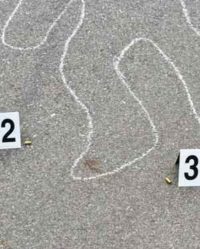
CSI Effects on Jury Reasoning and Verdicts
Most previous studies suggested the CSI effect was largely a fiction. In the first study in this project we found an effect – jurors who were most conditioned by CSI watching had higher conviction rates than others. In the second study regular CSI viewers said they found interactive visual evidence more “important” than those who were not regular CSI viewers.

Displaying the Bomb on the Train: The Challenge of Preparing Visual Evidence
Creating a high-quality computer simulation of an event requires special expertise. The simulation for this study was produced by Damian Schofield, who describes how he did it and the issues involved in creating evidence displays of this sort.

The Legal Landscape in Terrorism Trials
Terrorist fears have led to harsh counter-terrorism laws that may threaten individual liberties, and undermine the right to a fair trial. This chapter reviews how these harsh laws have developed and how countries address the special problems for juries.
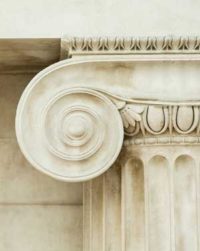
Understanding Terrorism Trials
The shadow of terrorism falls over courts as well as many other public institutions. Could juries be expected to remain impartial in an age of terrorism? This chapter shows how the book sets out to address this question, as well as other related questions about the role of scientific experts in terrorism trials and the impact of popular culture on juror expectations.

How Juries Talked about Visual Evidence
One of the strongest features of the study was the thoughtful and often heated deliberations carried out by the 12 jury groups. Some of the jurors, whose expectations were shaped by TV drama, were disappointed about the lack of blood and guts in the interactive displays. Others used the displays to take issue with the conclusions of the prosecution witness. Most found that the visual evidence gave them a fuller understanding of the case.

Making Sense of Evidence: Jury Deliberation and Common Sense
Jurors used commonsense knowledge – wisdom grounded in their life experiences – to interpret and make sense of the evidence at the trial. When jurors came up with their own theories about what happened, these were subjected to a process of careful testing by fellow jurors. This chapter looks at what members of a mock jury in a terrorism trial said to each other in their deliberations and how they worked together.

Assessing Unfair Prejudice from Extremist Images in Terrorism Trials
Jane Goodman-Delahunty was appointed as an expert witness in a major terrorism trial in Sydney. She was asked to advise the court about the impact of gruesome images on the jury. This chapter includes a copy of her report.
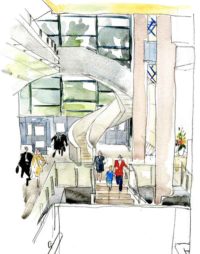
Fortress or Sanctuary? Enhancing Court Safety by Managing People, Places and Processes
Security fears shape popular debates and government policies. They are also major issues for the design and management of courts. This report, carried out in partnership with several court systems in Australia and New Zealand, brings together the insights of court administrators and court users about the best way to create safe environments for all justice participants.
The report encourages those engaged in the administration and design of courts and tribunals to carefully analyse – for the specific place – the potential security risks and the potential safety opportunities (both physical and psychological) for each group of users and to evaluate a broad matrix of potential solutions which encompass physical, technological and operational elements.

Embracing Technology: The Way Forward for the Courts
This paper, given by The Hon. Marilyn Warren AC, Chief Justice of Victoria, focuses on future courtroom technology – including virtual and interactive evidence, ‘virtual courtrooms’ hosted online, e-filing, case management and online dispute resolution. It engages in a some speculation, postulates some ideas about the future of technology and social media in courtrooms, and how it might be embraced.
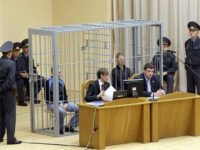
Presumed Innocent, but Caged in Court – NY Times
By David M. Herszenhorn Nov. 18, 2013
Although there has been little research on the potential influence of locked docks on the verdicts reached by judges or juries, experts argue that defendants are clearly put at a disadvantage.
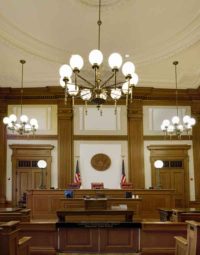
3 Ways Of Reading Court Buildings
Court Environments As Legal Forums, Workplaces And Symbols Of Justice.
Court buildings can be analysed from 3 perspectives – judicial and administrative processes and procedures; the court as a workplace; and the symbolism of the building, embodying community values about the rule of law, transparency of justice or reconciliation. This chapter from a book delves deep into these aspects of the court environment.

Managing A Royal Sex Abuse Scandal
This article examines how three religious traditions dealt with the David and Bathsheba story. Revisiting scandals such as this in the context of an institution and through the lens of power and accountability, can open up new ways of thinking about the current crisis in institutional sex abuse. Published in the Griffith Law Review
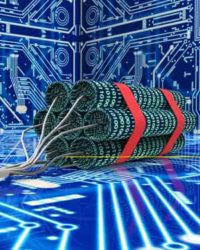
Conclusions from Research on Juries, Science and Popular Culture in the Age of Terror
Sophisticated technologies to display evidence are unlikely to unfairly sway juries too much. But harsh counter-terrorism laws could undermine fundamental freedoms and lead to unjust verdicts.
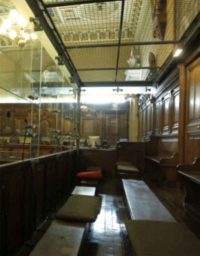
Glass Cages in the Dock: Presenting the Defendant to the Jury
This article examines legal debates about one important design question – where and how to seat the accused. It tells how courts, spurred on by assertive defence lawyers, fought back to protect the rights of the accused and have provided a more dignified court setting. The abandonment of a glass-framed enclosure, in particular, raised legal issues in the United States. These issues have reappeared in the European and Australia debates.
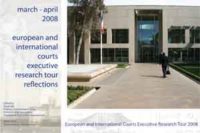
2008 European & International Courts Tour Report
The second tour, in 2008, included European and international courts in Strasbourg, Luxembourg and The Hague. The tour included an architectural design exercise in the Peace Palace where groups outlined their ideal courtroom configurations for hearings involving alleged war crimes, human rights violations and disputes between nations. A common theme of all the designs was an emphasis on placing justice spaces within a park or other natural setting.
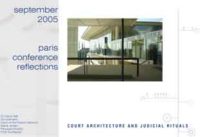
2005 Court Architecture and Judicial Ritual – Paris Conference Report
The first tour in 2005 included memorable new French courts, including those by Jean Nouvel, Richard Rogers and Henri Cirani. One highlight was a mock trial in a special terrorism courtroom in Paris, conducted in French, English and Chinese and displaying the different court layouts used by each legal tradition.

Court Perspectives: Architecture, Psychology and Law Reform in Western Australia Report
The rethink the design of court building design in the 1990s saw more user-oriented approaches. This 1999 report gathers international literature on the psychology of courthouse design, reviews the changing justice symbolism in Australia and provides suggested layouts for courthouse spaces.